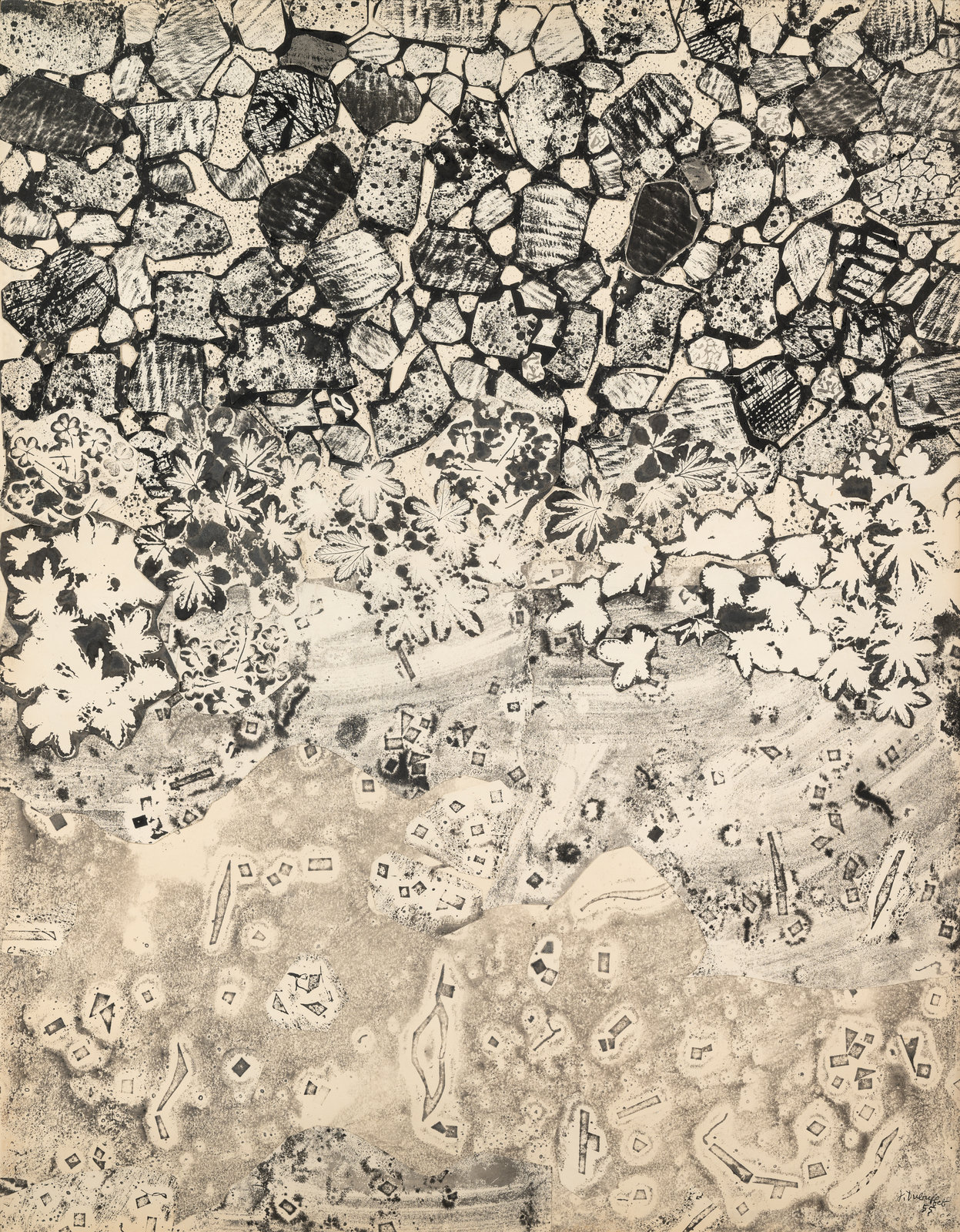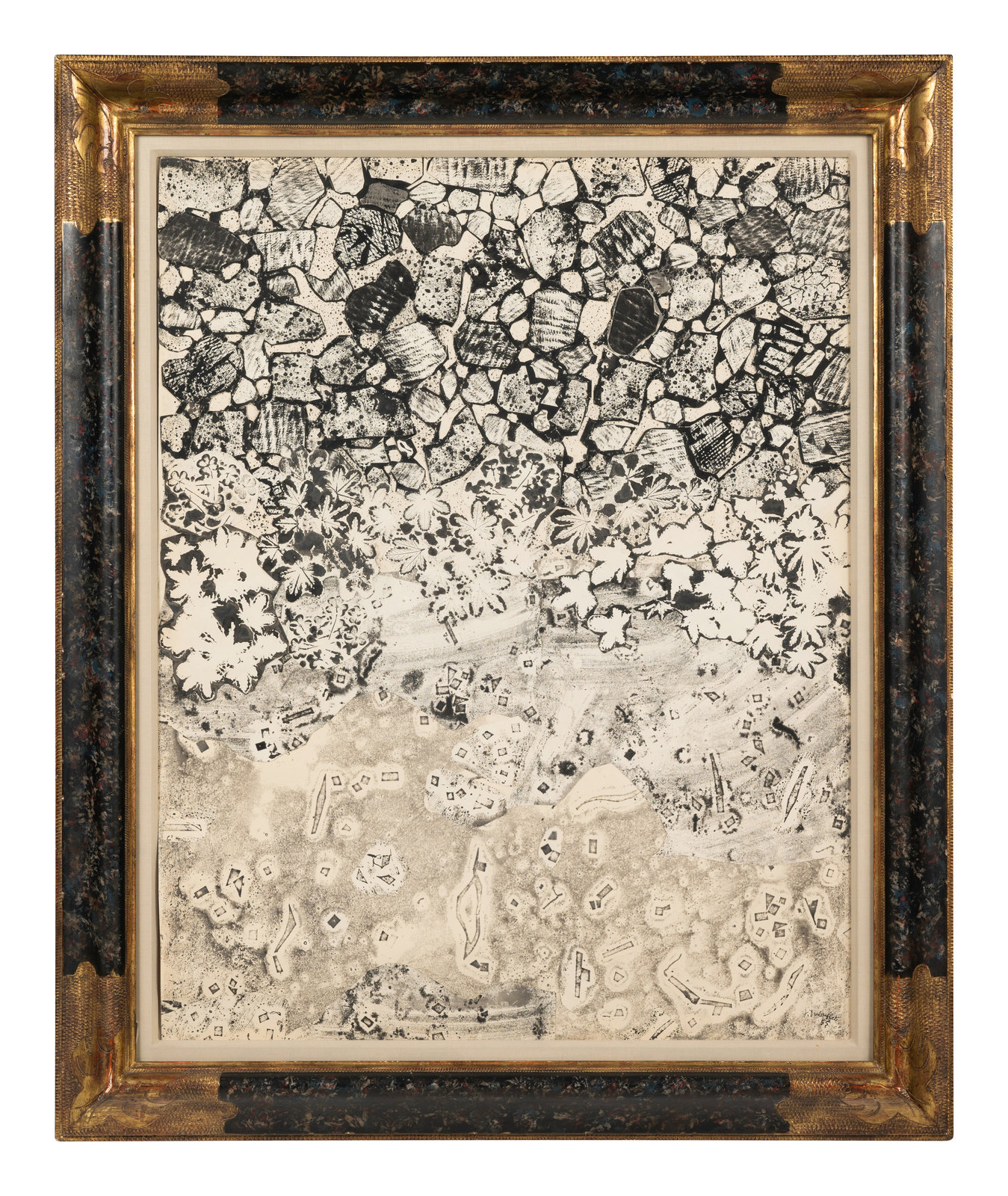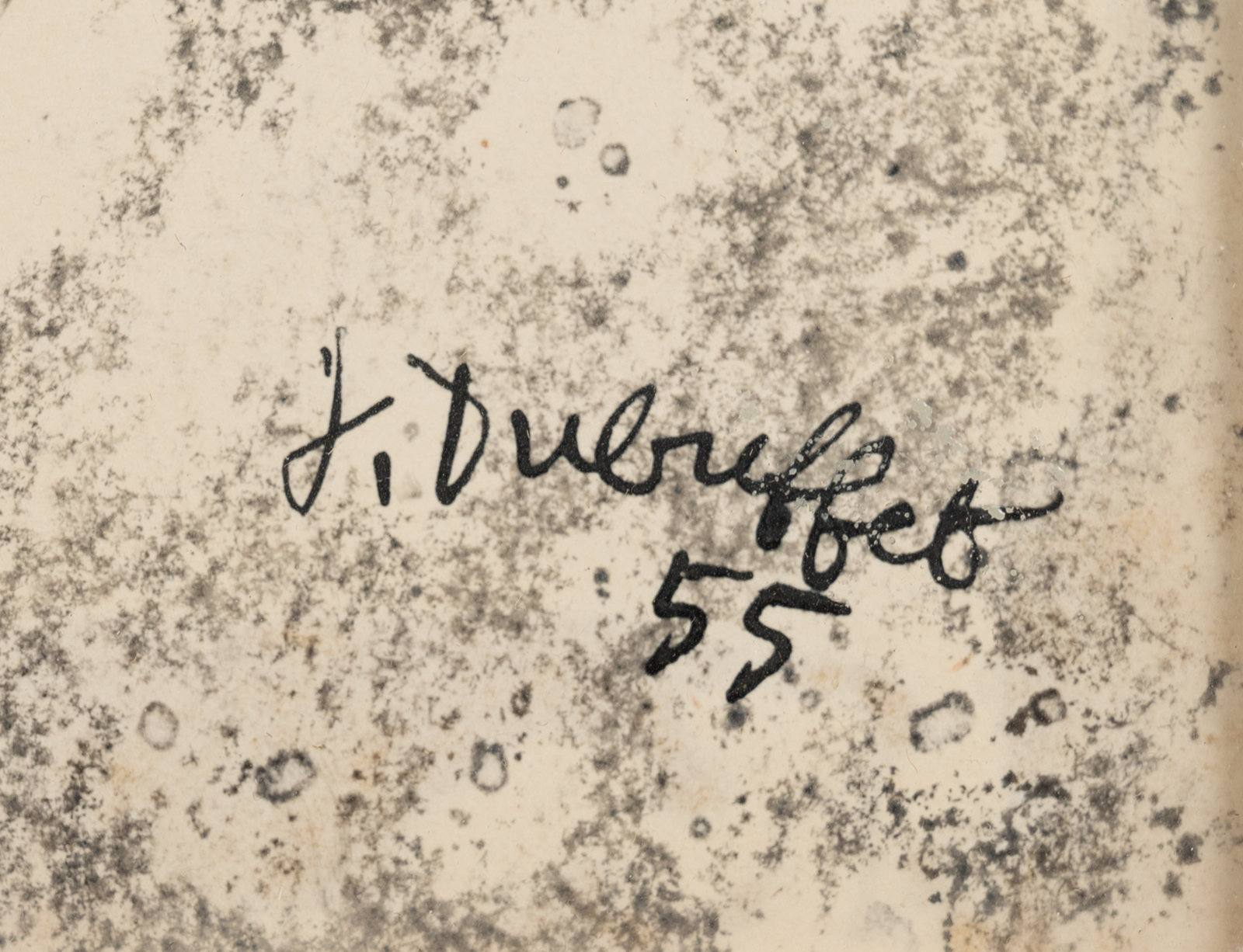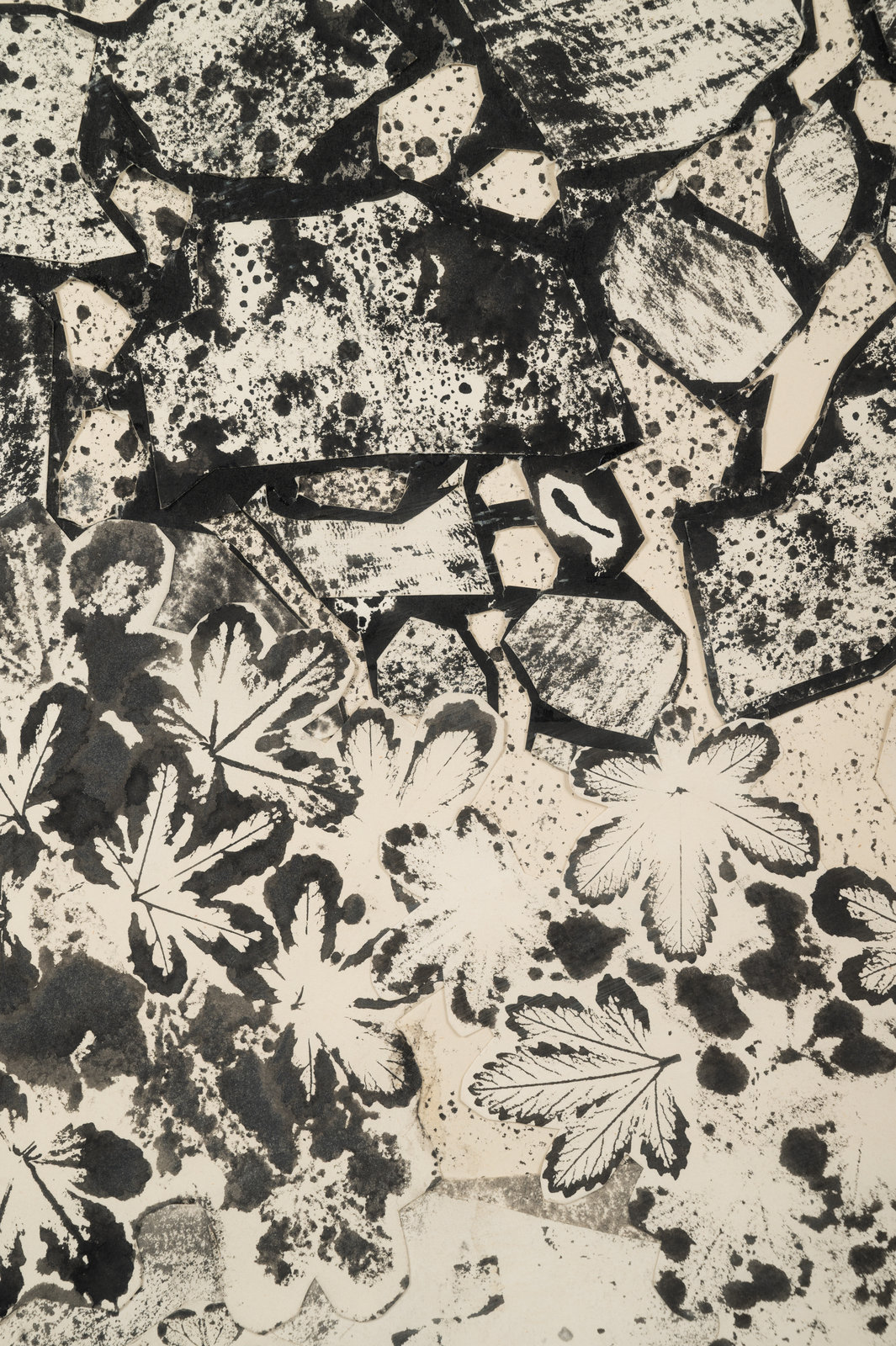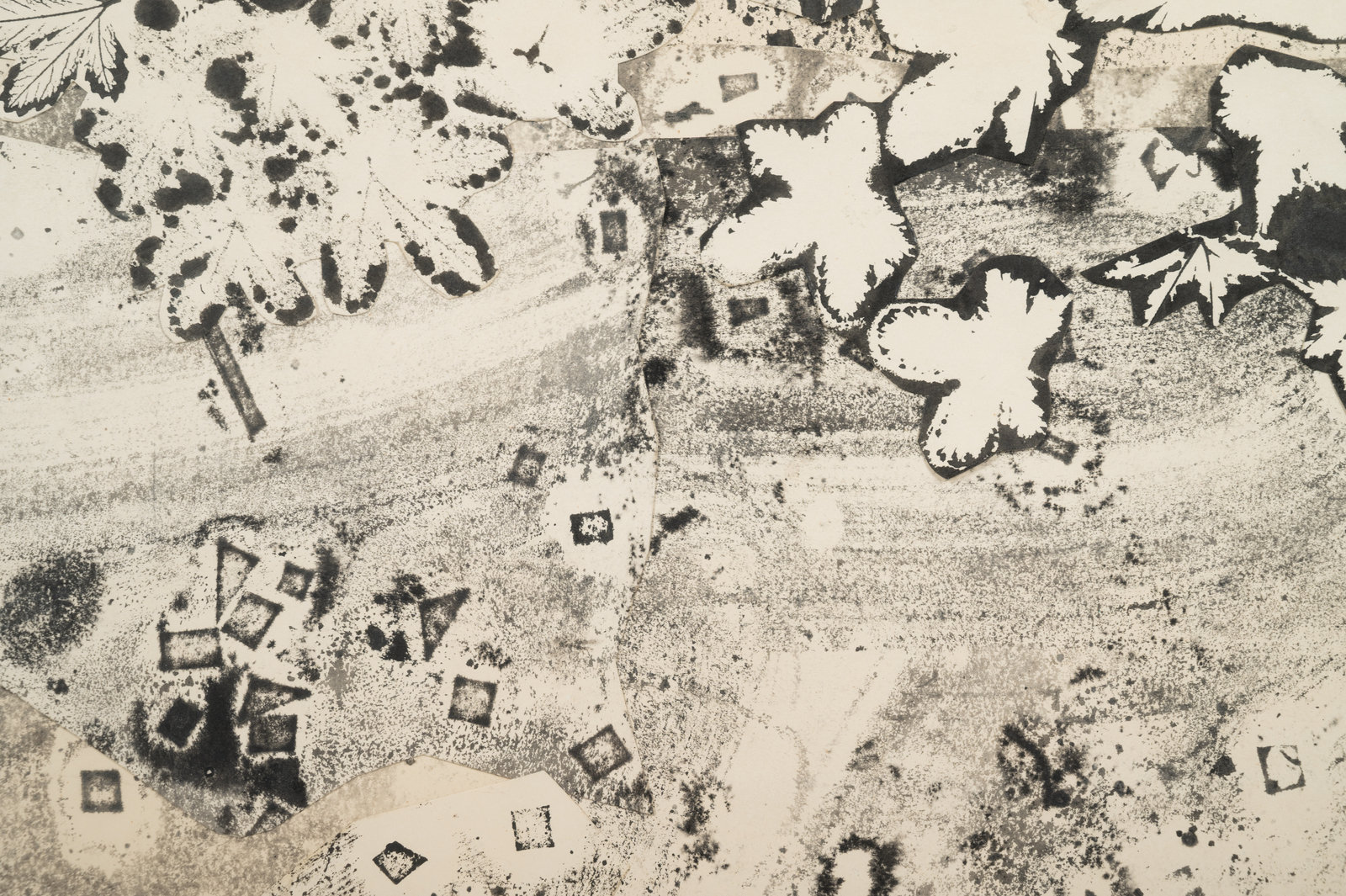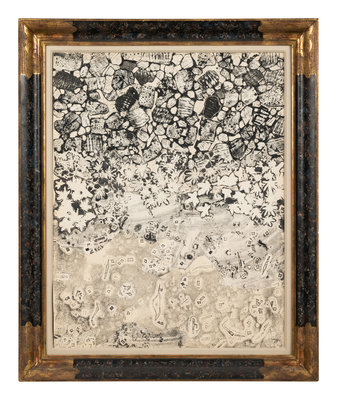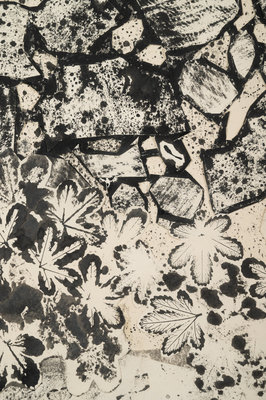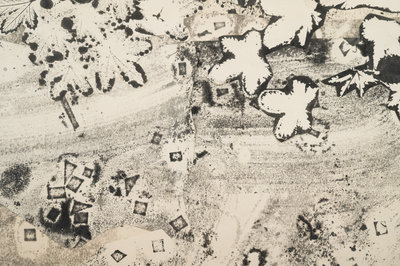Jean Dubuffet
(French, 1901-1985)
Pied du Mur au sol jonché, July 1955
Sale 1027 - Post War & Contemporary Art
May 11, 2022
10:00AM CT
Live / Chicago
Estimate
$80,000 -
$120,000
Sold for $212,500
Sold prices are inclusive of Buyer’s Premium
Lot Description
Jean Dubuffet
(French, 1901-1985)
Pied du Mur au sol jonché, July 1955
print assemblage and ink on paper
signed J. Dubuffet and dated (lower right)
32 x 25 inches.
Property from a Private St. Louis Collection
Provenance:
R.A. Augustinci, Paris, by 1956
Stephen Hahn Gallery, New York
Exhibited:
Paris, Galerie Rive Gauche, May 15 - June 6, 1956, R.A. Augustinci présente vingt-six assemblages d'empreintes (1954-1955) de Jean Dubuffet, no. 25
Literature:
Max Loreau, Catalogue des travaux de Jean Dubuffet, fascicule XI, Charettes, jardins, personnages monolithes, Geneva, 1969, pp. 40; 134-135, no. 35, illus.
Lot Note:
In January 1955, Jean Dubuffet and his wife Lili moved for her health to Vence, a region in southwestern France, just north of Nice. The migration marked a turning point in the artist’s career, inaugurating a long period of new work, inspired by the countryside that surrounded him. Upon arrival to his new locale, Dubuffet looked for a studio but could not find one large enough to accommodate the multiple tasks he liked to carry out simultaneously. Eventually finding a small studio, the artist was compelled to turn to prints and related assembly works, as these mediums did not require as much space. As a result, beginning in February 1955, Dubuffet began a series of assemblages of Indian ink prints.
The artist had previously created similar manipulations of this type in 1953 but abandoned them in April 1954. This first series of assembled prints was made in October of that year, to create postcards that Dubuffet wanted to send to friends at Christmas. The postcards themselves were inspired by his use of butterfly wings to create ethereal collages in August 1953. As butterfly wings proved to be an impractical medium, Dubuffet’s solution was to cut out and assemble sheets of stained paper, but the visible seams bothered him. The artist then conceived the idea of making lithographs that would eliminate all traces of collages and have the appearance of stains made in one go. He eventually developed a technique that used a pane of glass or a sheet of rhodoid (a type of rigid PVC sheet with a very smooth surface, typically used to give chocolate a very glossy finish by pastry chefs), which he smeared with ink. The artist then applied ordinary paper that adhered to the glass or rhodoid in varied ways; sometimes applying the paper two or three times. Dubuffet would also occasionally throw bits of thread and dust and sprinkle sugar or semolina onto the ink before passing his hands over the applied paper, often doing this in multiple passes. The paper was then ready to be cut out and combined in multiple iterations. Dubuffet could thus make a reserve of imprints in this way, from which to draw when creating his assemblages.
Pied du Mur au sol jonché (translated roughly as Foot of the Wall on the littered ground), executed in July 1955, is one such assemblage from his second series. The artist was fascinated by the dry stone walls seen throughout Vence. He drew them frequently but was also intrigued by the foot of these walls and “the miserable and charming little botanical world enveloping the edge of the road among the small stones and mingling with the deterioration of the poorly maintained roadway.” (quoted in Max Loreau, Catalogue des travaux de Jean Dubuffet, fascicule XI, Charettes, jardins, personnages monolithes, Geneva, 1969, p. 128) What drew Dubuffet was not the inert beauty of objects in their natural environment but instead the simple experiences and objects that humans have and interact with on a daily basis. In the present work, ink and print are inseparably collaged to somehow deliver a representation of what cannot be represented. These fluctuations mimic and prepare the agitation of men and forms and recapture them simultaneously. Insatiably curious, Dubuffet’s exploration with unorthodox materials and techniques instills in Pied du Mur au sol jonché a vibrant sense of adventure that remains relevant to this day.
Condition Report
Good
The physical condition of lots in our auctions can vary due to
age, normal wear and tear, previous damage, and
restoration/repair. All lots are sold "AS IS," in the condition
they are in at the time of the auction, and we and the seller make
no representation or warranty and assume no liability of any kind
as to a lot's condition. Any reference to condition in a catalogue
description or a condition report shall not amount to a full
accounting of condition. Condition reports prepared by Hindman
staff are provided as a convenience and may be requested from the
Department prior to bidding.
The absence of a posted condition report on the Hindman website or
in our catalogues should not be interpreted as commentary on an
item's condition. Prospective buyers are responsible for
inspecting a lot or sending their agent or conservator to inspect
the lot on their behalf, and for ensuring that they have
requested, received and understood any condition report provided
by Hindman.
Please email conditionreports@hindmanauctions.com for any additional information or questions you may have regarding this lot.
